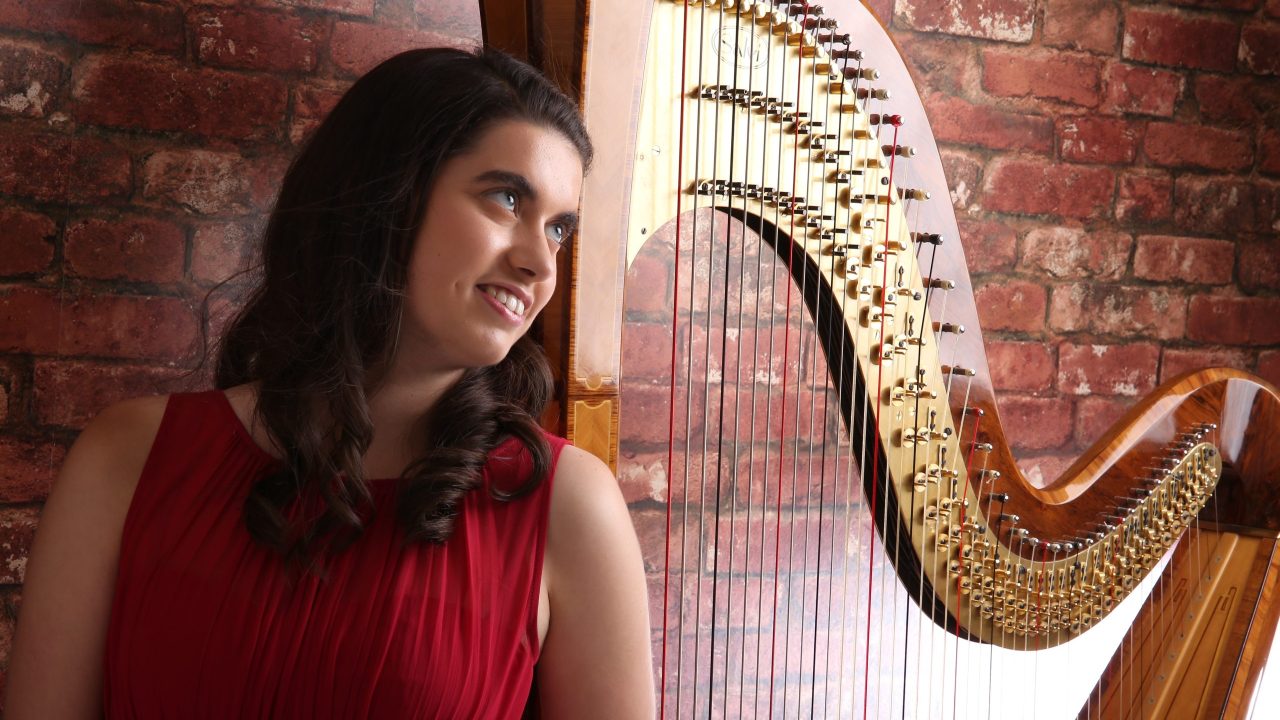Child prodigies, publishers under the pseudonym of a husband, and pioneers of the harp as a solo instrument in their countries; many of their names are still unknown, and their works remain rarely performed outside of the harp world.
The harp, one of the oldest musical instruments, has always been associated with women – historically, they could be found playing their instrument at home, entertaining guests at social functions and ensuring their artistic skills would attract a favourable suitor from a similar noble family. It was not until the 1830s and Hector Berlioz that the harp moved away from its “salon” instrument connotations and entered the symphony orchestra.
This programme aims to take the audience on a journey through the history and evolution of the harp, and introduce key figures that played a significant role in the expansion of the harp’s repertoire. Women harpists and composers had to incessantly fight through the social norms of the time, in their effort to promote the harp as a solo instrument and establish their own careers in a male-dominated industry. They became pillars of the modern harp school and made invaluable contributions to the evolution of this instrument. Sadly, their pieces are seldom performed by other musicians and remain largely unknown to the wider audience.
